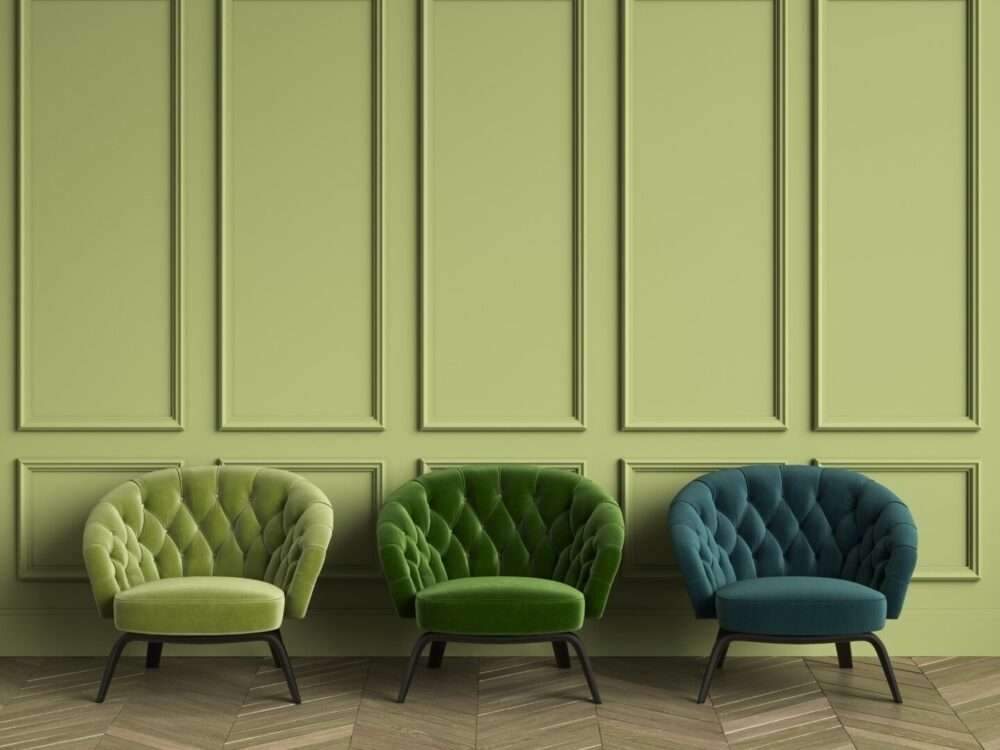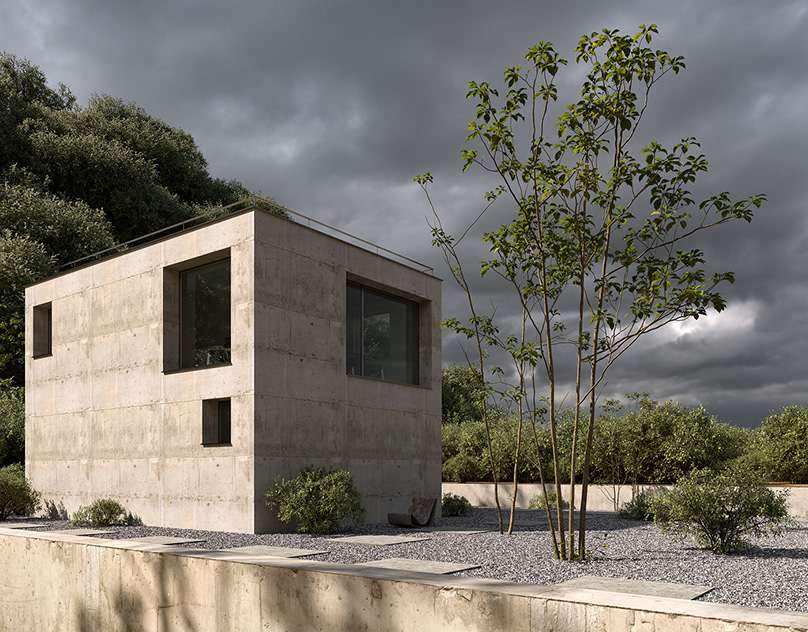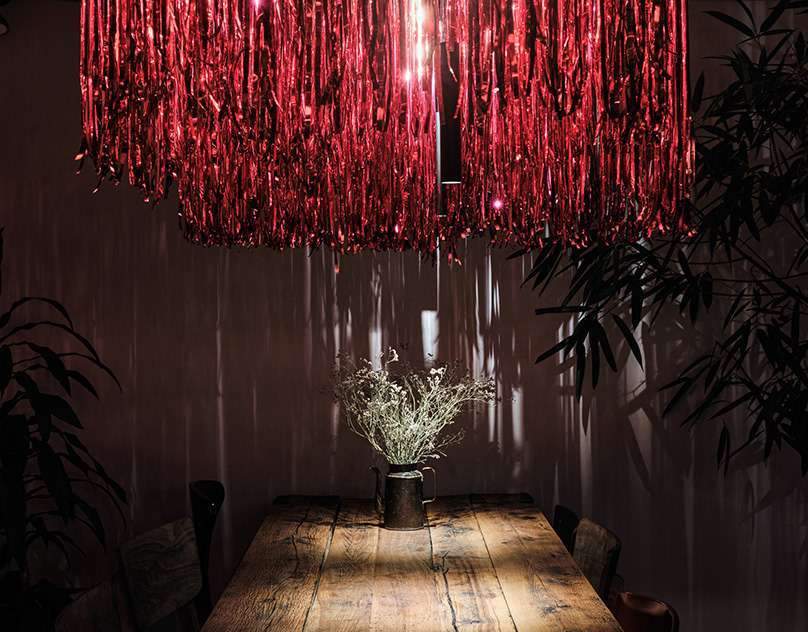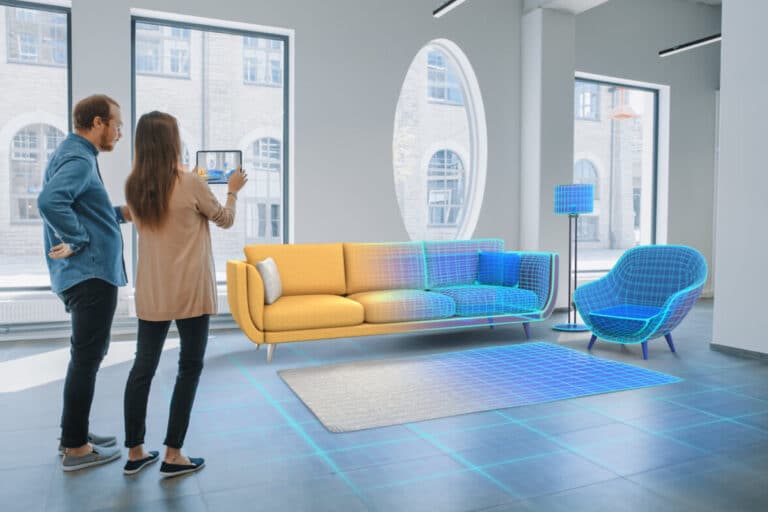natural materials
cotton
bamboo
linen
skins
wool
hemp
silk
.
For more architectural news

If you found this article valuable, consider sharing it
I am an architectural journalist and publisher interested in highlighting and presenting interior design best practices to my audience. I am always looking for new stories and ideas that will inspire my readers and enhance their lives
In Portugal’s Alentejo region, Bak Gordon Arquitectos has designed ‘Casa Azul’, a golden-hued minimalist vacation home for a group of friends, imbued with warm tranquillity and adorned by a play of light and shadow. Read moreThe post Subtly Textured, Bak…

PERMANENCEPermanence, durability, continuity, longevity, steadiness, persistence, reliability, stability, strength, hardness, we all long for it! Some consciously, some unconsciously, but we all do. This desire is anchored in us! So, what remains after we leave because it is sure we will leave! Is there something that escapes time or is it all just a delusion?Design: Besim…

NINO cuisineYear: 2021Location: Saint – Petersburg, RussiaPhotos by: Dmitrii TsyrenshchikovNino is a Georgian cuisine restaurant. The venue is in the very heart of Saint Petersburg. Still, it is hidden from the hustle and bustle and bystanders in a pleasant courtyard.THENCONCEPTNOWWhen we started looking at the visuals of Georgia, we realized that it could not be reproduced…

The Home Design industry has undergone a significant transformation in recent years thanks to the integration of modern technology. It is now possible to create smart and sustainable spaces that combine functionality with aesthetic appeal. In this article, we will…

monomode.經歷疫情的起伏進而觀察到公共飲食區域存在的必要性以及衛生疑慮,在後疫情的環境下,我們希望提供給消費者一個新的公共飲食環境選擇。藉由整合防疫及公共飲食區域的訴求,重新規劃飲食家具在公共空間的樣貌以及使用流程,賦予公共飲食家具符合後疫情時代的功能及特徵,降低公共飲食的飛沫傳播,提升衛生安全,從家具設計的角度出發,給消費者安心的公共飲食環境。Through the ups and downs of the epidemic, we have observed the necessity of public eating areas and health concerns. In the post-epidemic environment, we hope to provide consumers with a new choice of public eating environment.BackgroundCOVID-19 has become a trend of global spread. The food and epidemic prevention regulations across the country are constantly changing,…
Architectural competitions have long been recognized as a catalyst for growth and development in the field of architecture. These competitions provide a unique platform for architects, students, and designers to showcase their skills, creativity, and innovative ideas. In this article,…
In Portugal’s Alentejo region, Bak Gordon Arquitectos has designed ‘Casa Azul’, a golden-hued minimalist vacation home for a group of friends, imbued with warm tranquillity and adorned by a play of light and shadow. Read moreThe post Subtly Textured, Bak…

PERMANENCEPermanence, durability, continuity, longevity, steadiness, persistence, reliability, stability, strength, hardness, we all long for it! Some consciously, some unconsciously, but we all do. This desire is anchored in us! So, what remains after we leave because it is sure we will leave! Is there something that escapes time or is it all just a delusion?Design: Besim…

NINO cuisineYear: 2021Location: Saint – Petersburg, RussiaPhotos by: Dmitrii TsyrenshchikovNino is a Georgian cuisine restaurant. The venue is in the very heart of Saint Petersburg. Still, it is hidden from the hustle and bustle and bystanders in a pleasant courtyard.THENCONCEPTNOWWhen we started looking at the visuals of Georgia, we realized that it could not be reproduced…

The Home Design industry has undergone a significant transformation in recent years thanks to the integration of modern technology. It is now possible to create smart and sustainable spaces that combine functionality with aesthetic appeal. In this article, we will…

monomode.經歷疫情的起伏進而觀察到公共飲食區域存在的必要性以及衛生疑慮,在後疫情的環境下,我們希望提供給消費者一個新的公共飲食環境選擇。藉由整合防疫及公共飲食區域的訴求,重新規劃飲食家具在公共空間的樣貌以及使用流程,賦予公共飲食家具符合後疫情時代的功能及特徵,降低公共飲食的飛沫傳播,提升衛生安全,從家具設計的角度出發,給消費者安心的公共飲食環境。Through the ups and downs of the epidemic, we have observed the necessity of public eating areas and health concerns. In the post-epidemic environment, we hope to provide consumers with a new choice of public eating environment.BackgroundCOVID-19 has become a trend of global spread. The food and epidemic prevention regulations across the country are constantly changing,…
Architectural competitions have long been recognized as a catalyst for growth and development in the field of architecture. These competitions provide a unique platform for architects, students, and designers to showcase their skills, creativity, and innovative ideas. In this article,…
In Portugal’s Alentejo region, Bak Gordon Arquitectos has designed ‘Casa Azul’, a golden-hued minimalist vacation home for a group of friends, imbued with warm tranquillity and adorned by a play of light and shadow. Read moreThe post Subtly Textured, Bak…

PERMANENCEPermanence, durability, continuity, longevity, steadiness, persistence, reliability, stability, strength, hardness, we all long for it! Some consciously, some unconsciously, but we all do. This desire is anchored in us! So, what remains after we leave because it is sure we will leave! Is there something that escapes time or is it all just a delusion?Design: Besim…

NINO cuisineYear: 2021Location: Saint – Petersburg, RussiaPhotos by: Dmitrii TsyrenshchikovNino is a Georgian cuisine restaurant. The venue is in the very heart of Saint Petersburg. Still, it is hidden from the hustle and bustle and bystanders in a pleasant courtyard.THENCONCEPTNOWWhen we started looking at the visuals of Georgia, we realized that it could not be reproduced…

The Home Design industry has undergone a significant transformation in recent years thanks to the integration of modern technology. It is now possible to create smart and sustainable spaces that combine functionality with aesthetic appeal. In this article, we will…

monomode.經歷疫情的起伏進而觀察到公共飲食區域存在的必要性以及衛生疑慮,在後疫情的環境下,我們希望提供給消費者一個新的公共飲食環境選擇。藉由整合防疫及公共飲食區域的訴求,重新規劃飲食家具在公共空間的樣貌以及使用流程,賦予公共飲食家具符合後疫情時代的功能及特徵,降低公共飲食的飛沫傳播,提升衛生安全,從家具設計的角度出發,給消費者安心的公共飲食環境。Through the ups and downs of the epidemic, we have observed the necessity of public eating areas and health concerns. In the post-epidemic environment, we hope to provide consumers with a new choice of public eating environment.BackgroundCOVID-19 has become a trend of global spread. The food and epidemic prevention regulations across the country are constantly changing,…
Architectural competitions have long been recognized as a catalyst for growth and development in the field of architecture. These competitions provide a unique platform for architects, students, and designers to showcase their skills, creativity, and innovative ideas. In this article,…